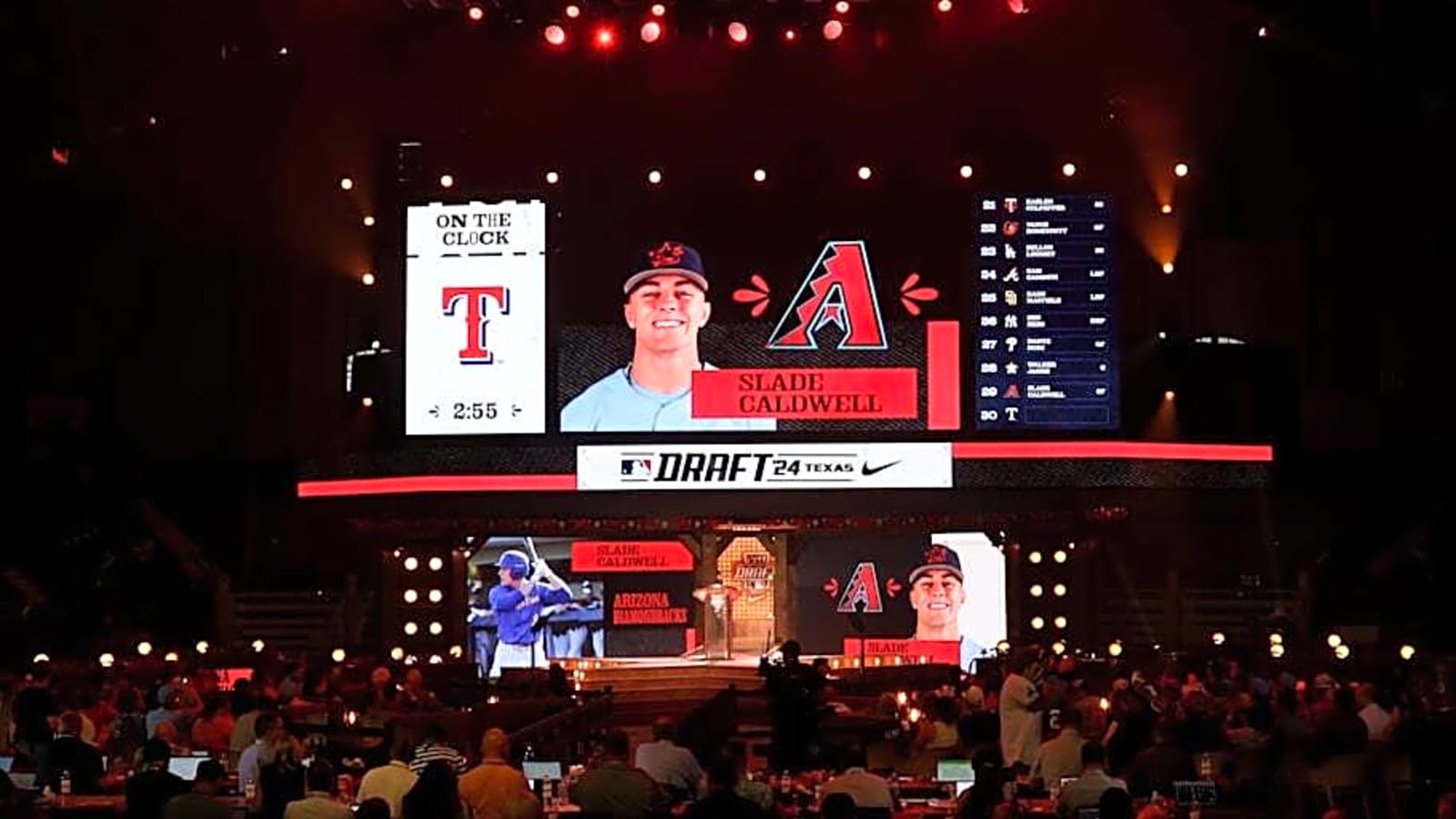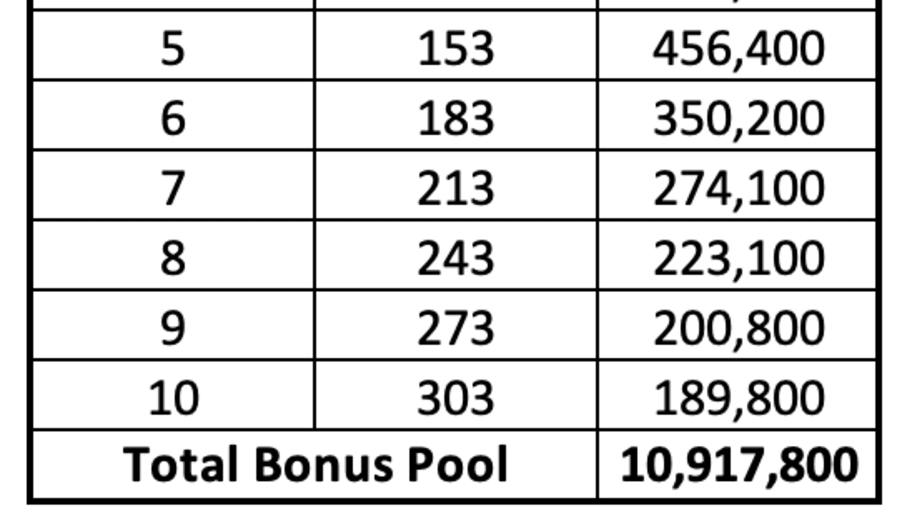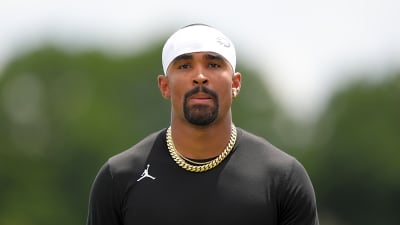
As the MLB Draft approaches, starting this Sunday at 6:00 p.m. Eastern, 3:00 p.m. Arizona time, we wanted to take a quick look at what picks the Diamondbacks have and how much money they'll have to spend.
MLB determines slot values for each pick through the first 10 rounds, including compensation and supplemental rounds. The total of all the slot values for the picks a team has is their bonus pool.
For rounds 11-20, teams may pay up to $150,000 without any of that money counting against their bonus pool. But if a team goes over that amount, the overage counts against their bonus pool total.
How Much Do the Diamondbacks Have to Spend in the Draft?
For the 2025 draft, the Diamondbacks have a pool of $10,917,800 to spend. The largest bonus pool belongs to the Baltimore Orioles, who have $19,144,500. The smallest pool belongs to the Yankees, at $5,383,600.
Below is a chart showing each pick Arizona holds, and what financial weight they carry.

The Diamondbacks receive a compensation pick thanks to the Houston Astros signing Christian Walker after he rejected the Qualifying Offer.
But they also forfeited their second round pick when they signed Corbin Burnes, who also rejected a Qualifying Offer. Over rounds 11-20, the Diamondbacks will have the 18th pick in each round.
What are the Penalties for Going Over the Bonus Pool Allotment?
There are penalties for exceeding the bonus pool money. If a team spends 0-5% over their bonus pool, they are assessed a 75% penalty on the overage. From there, the penalties become draconian.
If a team is over by 5-10% they lose a first round pick, plus the 75% overage tax. If they go 10-15% over, they lose a first and second round pick and a 100% tax.
If a team goes over by more than 15% they lose two first rounders and pay 100% tax.
It's fairly common for teams to go over by 0-5% and pay the overage tax, but no team has ever exceeded the 5% threshold. It's acted as a successful deterrent keeping teams from exploiting the system. The picks themselves are simply too valuable to lose.
How Can Slot Values and Bonus Pool Impact Draft Strategy?
Scouting Director Ian Rebhan, who runs the Diamondbacks' drafts, has always maintained they will take the best player available when it comes their turn to pick.
That doesn't mean there aren't strategies involved. For example teams may take a player higher in the draft than his drafts status or ranking might suggest. In cases like those they may be able to sign the player for "under slot," thus saving money.
Frequently there are high school players that fall in the draft because teams fear they won't have enough slot money to keep them from going to college.
But if a team is able to save enough from a couple of higher picks, the savings allow them to roll the dice on the signability of a later drafted high school prospect.
This is just one permutation of how draft day strategies evolve and can be fluid on the day of the draft. You never know if a player your really liked may fall to you, and whether you'll be able to sign him.
Day 1 of the draft will be broadcast on MLB Network, MLB.com and ESPN starting at 3:00 p.m. MST, 6:00 p.m. EST., Sunday July 13. This day covers the first three rounds along withe compensation rounds.
Day 2 coverage begins on Monday July 14, and will stream live on MLB.com.
Arizona Diamondbacks Latest News
More must-reads:
- Yankees manager Aaron Boone confirms major Aaron Judge news
- Diamondbacks outfielder achieves rare single-season feat
- The 'College football FBS nicknames' quiz
Customize Your Newsletter
 +
+
Get the latest news and rumors, customized to your favorite sports and teams. Emailed daily. Always free!








